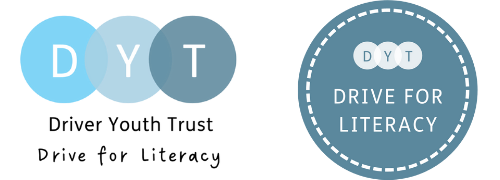Do ‘children with additional needs’ have SEN?
23/3/2018
 The government’s announcement that the education of children in alternative provision is to be examined is a welcome, albeit long overdue, expansion of its work on social mobility.
The government’s announcement that the education of children in alternative provision is to be examined is a welcome, albeit long overdue, expansion of its work on social mobility.
What struck me when reading the announcement by Education Secretary, Damian Hinds, was the use of the term ‘children with additional needs’.
For anyone who has ever visited an AP setting, it is immediately clear that the children and young people there face significant challenges. Many will live in difficult home environments and may have spent time in care, but all will have been permanently excluded from a mainstream school.
Official stats clearly show that the vast majority of children and young people in AP have a special educational need. Education datalab put together a useful blog that noted 80% of these young people have an education, health and care plan (EHCP), that is those with the most severe forms of SEN. If you think that sounds rather high, you’re right – the national average for children with EHCPs is 2.8%.
Mr Hinds’ announcement certainly acknowledges that children with SEN are amongst those most at risk of exclusion as are other groups. For example, ‘children in need’ make up a small minority of all children, those assessed and supported through children’s social care (it is estimated that around 6% of all children in England will be in need at some point). However, such categories belie the complexities of these children and the environment in which they are being educated. At no time did the Secretary of State mention the difficulties being faced by young people their families and indeed schools in navigating the shrinking resources of the SEN system
A year ago today, DYT published a report, Through the Looking Glass, which questioned the use of the term ‘disadvantaged’. We trawled through policy documents, announcements and reports on literacy from a range of sector and charity bodies such as DfE, Ofsted, the Education Endowment Foundation, published since 2010. What we found was that often, but by no means exclusively, disadvantage related to socio-economic status, but it was also used to talk about parental relationships, the ‘love of reading’, closing attainment gaps and school capacity.
This muddying of the waters over categorising children makes it impossible to determine which group we’re actually referring to, let alone the significant overlaps between them. It doesn’t take much to look beyond this issue to how the system responds to and resources the capacity for meeting their needs.
So, my question is, was Mr Hinds’ use of the term ‘children with additional needs’, to refer to a group of children and young people the majority of whom have SEND, to be all-encompassing of children who persistently underachieve? Or, were his words more carefully chosen to avoid SEND.

